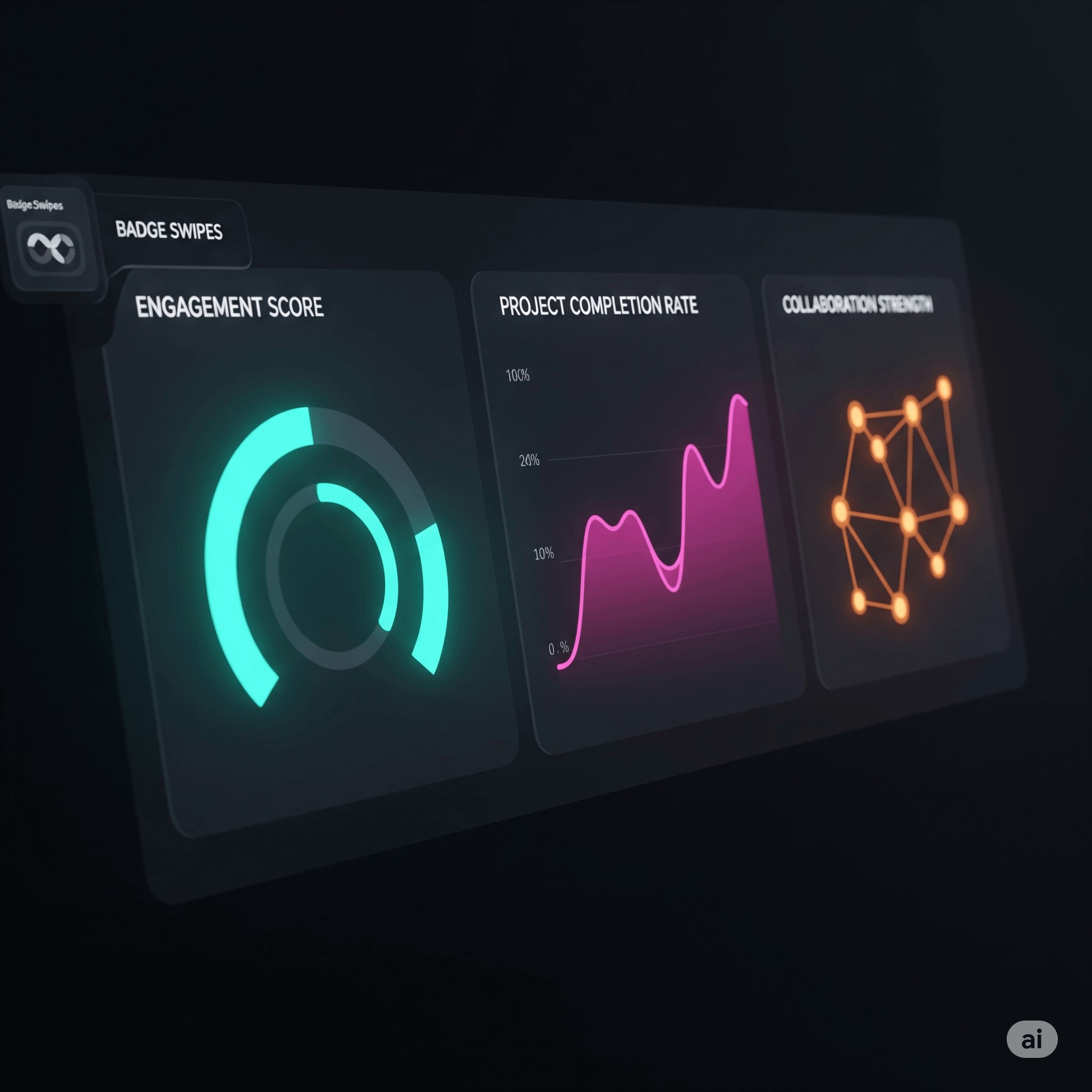For decades, management relied on a simple, visible metric: attendance. A full office was a productive office. In the hybrid world of 2025, that assumption is not just outdated—it’s actively misleading. It’s time to move beyond the badge swipe and adopt new, more holistic approaches to measuring success.

Navigating the Shift: Return-to-Office Mandates and Hybrid Work Trends
The Flaws in Traditional Metrics
Recent data on work habits reveals why “time at desk” is a poor measure of performance:
- The Hybrid Paradox: Hybrid employees work the longest hours but are often the least productive per hour, suffering from “context-switch fatigue.”
- The Remote Productivity Boost: Remote workers log more productive minutes but are at higher risk of burnout from “over-work.”
- The Office “White Space”: Office-first teams have more idle, under-utilized time that inflates hours without increasing output.
Clearly, measuring success requires looking at what is produced—not just how long someone is logged on or physically present.
A New Scorecard for Hybrid Success
Forward-thinking digital production leaders are challenging traditional metrics and focusing on what truly matters:
Outcome Over Hours
The primary measure of success is the quality and timeliness of deliverables. Is the project on track? Are clients happy? Is the creative output exceptional? These are the questions that matter, not whether someone was online at 9 AM sharp.
Clear Goals and Guardrails
For flexible work to be a net positive, organizations must set crystal-clear goals for every project and individual. This is paired with “focus blocks” (dedicated time for deep work) and reasonable after-hours norms to prevent burnout while ensuring targets are met.
Proactive Check-ins and Feedback
Instead of just annual reviews, managers are using weekly pulse surveys to gauge employee engagement and well-being. Regular, scheduled coaching sessions help hybrid workers maintain healthy boundaries and stay connected to the team’s mission.
Retention and Satisfaction as a KPI
In a talent-driven industry like digital production, employee satisfaction and retention are critical key performance indicators (KPIs). High attrition rates are a clear sign that a work model isn’t succeeding, regardless of what productivity dashboards might say.
Conclusion
Ultimately, success in a hybrid digital production environment is a blend of high-quality output, efficient workflows, and a healthy, engaged team. By focusing on these holistic measures, leaders can build a thriving, resilient organization fit for the modern age.
